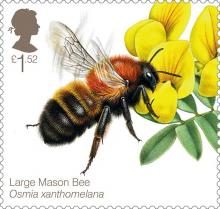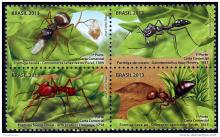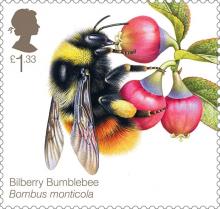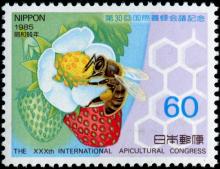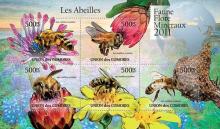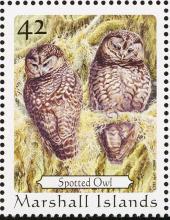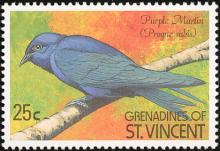Commission presents scientific criteria to identify endocrine disruptors in the pesticides and biocides areas
Today the European Commission presents criteria to identify endocrine disruptors in the field of plant protection products and biocides. The Commission proposes to the Council and the European Parliament to adopt a strong science-based approach to the identification of endocrine disruptors and to endorse the WHO definition. Endocrine disruptors are substances, both natural and chemical, that can alter the functions of the hormonal system and consequently cause adverse effects on people or animals.


